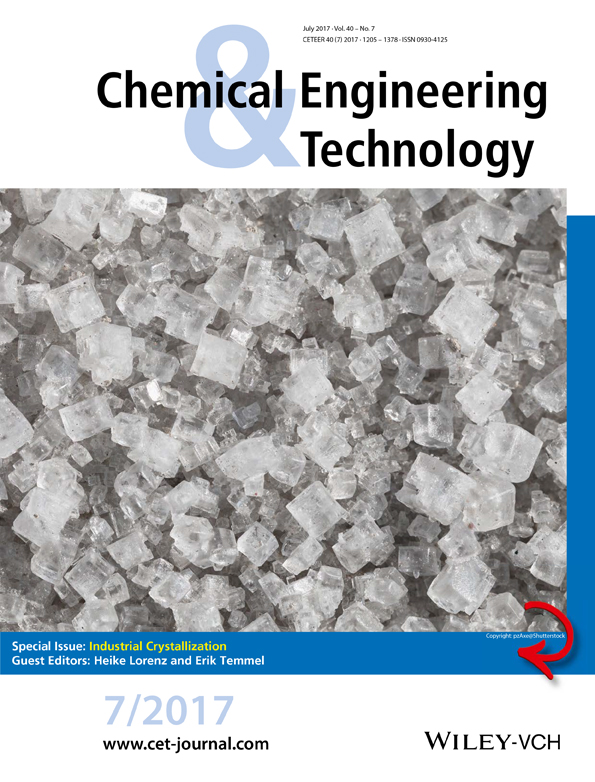A Contribution to the Solution Thermodynamics of Chiral Lactide
Abstract
Solubilities and solution enthalpies of enantiopure L-lactide and the racemic molecular compound DL-lactide are examined. Different experimental methods are used to isolate and specify relevant thermodynamic contributions of the solution enthalpy. Thus, measurements of the dissolution process have been carried out by means of solution calorimetry. Additionally, solubilities of both chiral species have been measured at different temperatures to derive the van't Hoff enthalpy of solution from their temperature dependency and the enthalpy of solution at saturation concentration from the experimental Gibbs free energy of solution. The solution thermodynamic quantities are compared to the respective enthalpies of melting to isolate excess enthalpies, which incorporate different parts of the solution nonidealities. The solution nonidealities for the enantiomer and racemic compound in toluene incorporate solute-solute interactions that depend on the concentration of the solute. A trend is identified that shows the absolute and relative solid-liquid phase transition enthalpies from the melt to the saturated solution and their dependency on temperature.




